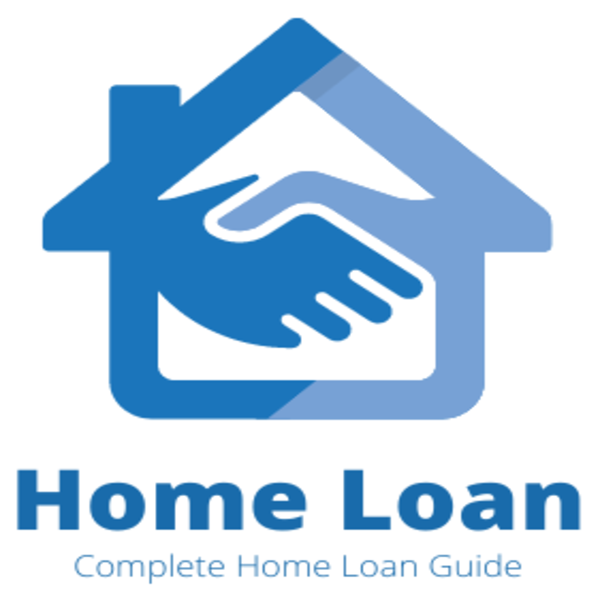How Does a VA Home Loan Work?
A VA home loan is a mortgage loan program established by the United States Department of Veterans Affairs (VA) to help veterans, active-duty service members, and eligible surviving spouses become homeowners. VA home loans offer several advantages, including no down payment, competitive interest rates, and no private mortgage insurance (PMI) requirements. This guide will explain how VA home loans work, including the application process, documentation requirements, loan amounts, refinancing options, and more.
VA Home Loan
A VA home loan is a mortgages loan program established by the United States Department of Veterans Affairs (VA) to assist veterans, active-duty service members, and eligible surviving spouses in purchasing homes. These loans are provided by private lenders, such as banks and mortgage companies, but are guaranteed by the VA, allowing borrowers to obtain favorable terms and conditions.
What is a VA Home Loan?
A VA home loan is a mortgage loan issued by private lenders, such as banks and mortgage companies, and guaranteed by the VA. This guarantee allows lenders to offer more favorable terms to eligible borrowers, making homeownership more accessible to veterans and service members.
How to Apply for a VA Home Loan
Applying for a VA home loan involves several steps, including obtaining a Certificate of Eligibility (COE), choosing a lender, and submitting a loan application. Here's a step-by-step guide:
- Obtain a Certificate of Eligibility (COE): To qualify for a VA home loan, you must obtain a COE from the VA. You can apply for a COE online, through your lender, or by mail using VA Form 26-1880.
- Choose a Lender: Once you have your COE, you can choose a lender who participates in the VA home loan program. It's essential to compare loan offers from multiple lenders to find the best terms.
- Submit a Loan Application: After choosing a lender, you'll need to complete a loan application and provide documentation, such as proof of income, employment history, and credit history.
- Wait for Approval: The lender will review your application and determine if you qualify for a VA home loan. If approved, the lender will provide you with a loan estimate detailing the loan terms and closing costs.
- Close the Loan: Once you accept the loan terms, you'll need to attend a closing meeting to sign the necessary paperwork and finalize the loan. At closing, you'll pay any closing costs and fees associated with the loan.
Documentation Required for a VA Home Loan
To apply for a VA home loan, you'll need to provide certain documents to verify your identity, income, and eligibility. Common documents required for a VA home loan application include:
- Proof of identity (such as a driver's license or passport)
- Certificate of Eligibility (COE)
- Proof of income (such as pay stubs or tax returns)
- Employment verification
- Credit history
- Bank statements
- Property appraisal
Home Loan by Bank
Many banks and financial institutions offer VA home loans to eligible borrowers. These lenders work with the VA to provide competitive loan terms and ensure that borrowers meet the VA's eligibility requirements.
VA Home Loan Rates
VA home loan rates refer to the interest rates applied to VA home loans. These rates can vary depending on factors such as the borrower's creditworthiness, market conditions, and the type of loan (e.g., fixed-rate or adjustable-rate). VA home loan rates are often competitive compared to conventional mortgage loan caculator , making them an attractive option for eligible borrowers.
Private Loans
In addition to traditional VA home loans, some private lenders offer specialized loan products for veterans and service members. These loans may have unique features or requirements, so it's essential to compare options carefully.
Loan Amounts
VA home loans do not have a maximum loan amount. However, the VA does limit the amount it will guarantee, which can affect the maximum loan amount a lender is willing to provide. The loan amount you qualify for will depend on factors such as your income, credit score, and the appraised value of the property.
Refinance
VA home loans offer several refinancing options, including the Interest Rate Reduction Refinance Loan (IRRRL) and the Cash-Out Refinance Loan. These programs allow eligible borrowers to refinance their existing VA loans to lower their interest rates or access equity in their homes.
The Loan Process
The VA home loan process typically involves the following steps:
- Prequalification: Determine how much you can afford to borrow based on your income, debts, and credit history.
- Loan Application: Complete a loan application with a VA-approved lender and provide the necessary documentation.
- Loan Processing: The lender will review your application, order an appraisal, and verify your income and employment.
- Underwriting: The lender will assess your application and determine if you meet the VA's eligibility requirements.
- Approval and Closing: If approved, you'll sign the loan documents and pay any closing costs. The lender will fund the loan, and you'll take ownership of the property.
Loan Security
VA home loans are secured by the property you purchase. If you fail to repay the loan, the lender has the right to foreclose on the property and sell it to recover the outstanding balance.
Loan Disbursement
After closing, the lender will disburse the loan funds to the seller or to pay off any existing loan mortgage rate on the property. Any remaining funds will be provided to you.
VA home loans may have a funding fee, which helps offset the cost of the loan program to taxpayers. The funding fee varies depending on your military service category, loan amount, and down payment amount.
Interest Rates
VA home loans typically offer competitive interest rates compared to conventional mortgages. The interest rate you receive will depend on factors such as your credit score, loan term, and the current market rates.
Loan Repayment
VA home loans are typically repaid in monthly installments over a fixed term, usually 15 or 30 years. The monthly payment amount will depend on the loan amount, interest rate, and term of the loan.
Repayment Options
VA home loans offer several repayment options, including automatic payments, online payments, and payment by mail. You can choose the option that works best for you based on your preferences and financial situation.
Important Features
Some important features of VA home loans include:
- No down payment required
- No private mortgage insurance (PMI) required
- Flexible credit requirements
- Competitive interest rates
- Ability to finance the funding fee
Income Requirements
To qualify for a VA home loan, you must have a stable income that is sufficient to cover your monthly mortgage payments and other expenses. Lenders will verify your income during the application process.
Private Mortgage
A private mortgage is a loan issued by a private lender, such as a bank or mortgage company, that is not guaranteed by the VA. Private mortgages may have different terms and requirements than VA home loans.
Fixed Rate vs. Floating Rate
VA home loans are available with both fixed and adjustable interest rates. A fixed-rate loan has a constant interest rate and monthly payment, while an adjustable-rate loan has an interest rate that can change over time.
FAQs
Q: Are VA home loans only for first-time homebuyers?
A: No, VA home loans are available to eligible veterans, service members, and surviving spouses, regardless of whether they have previously owned a home.
Q: Can I use a VA home loan to buy a second home or investment property?
A: No, VA home loans are intended for primary residences only. You cannot use a VA home loan to purchase a second home or investment property.
Q: Can I refinance a conventional mortgage with a VA home loan?
A: Yes, eligible borrowers can refinance a conventional mortgage with a VA Interest Rate Reduction Refinance Loan (IRRRL) or a Cash-Out Refinance Loan.
Q: Do I have to pay closing costs on a VA home loan?
A: Yes, VA home loans typically require the borrower to pay closing costs, although some lenders may offer "no-closing-cost" options.
Q: How do I apply for a VA home loan?
A: To apply for a VA home loan, you must obtain a Certificate of Eligibility (COE) from the VA and then complete a loan application with a VA-approved lender.
Q: What documentation is required for a VA home loan?
A: Documentation required for a VA home loan application may include proof of identity, Certificate of Eligibility (COE), proof of income, employment verification, credit history, bank statements, and property appraisal.
Q: What are the income requirements for a VA home loan?
A: To qualify for a VA home loan, you must have a stable income that is sufficient to cover your monthly mortgage payments and other expenses. Lenders will verify your income during the application process.
Q: What is the loan processing fee for a VA home loan?
A: VA home loans may have a funding fee, which helps offset the cost of the loan program to taxpayers. The funding fee varies depending on your military service category, loan amount, and down payment amount.
Q: Can I choose between a fixed-rate and adjustable-rate VA home loan?
A: Yes, VA home loans are available with both fixed and adjustable interest rates. A fixed-rate loan has a constant interest rate and monthly payment, while an adjustable-rate loan has an interest rate that can change over time.
Q: What are the repayment options for a VA home loan?
A: VA home loans offer several repayment options, including automatic payments, online payments, and payment by mail. You can choose the option that works best for you based on your preferences and financial situation.

